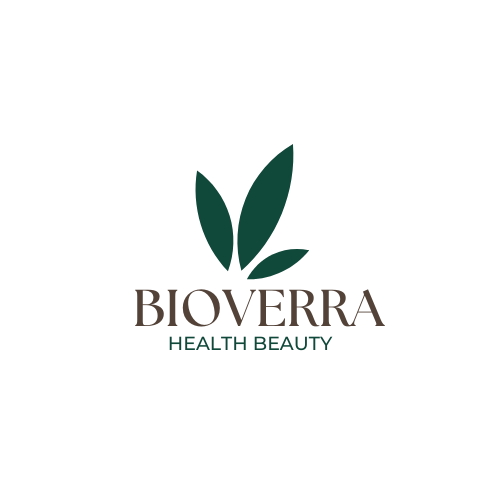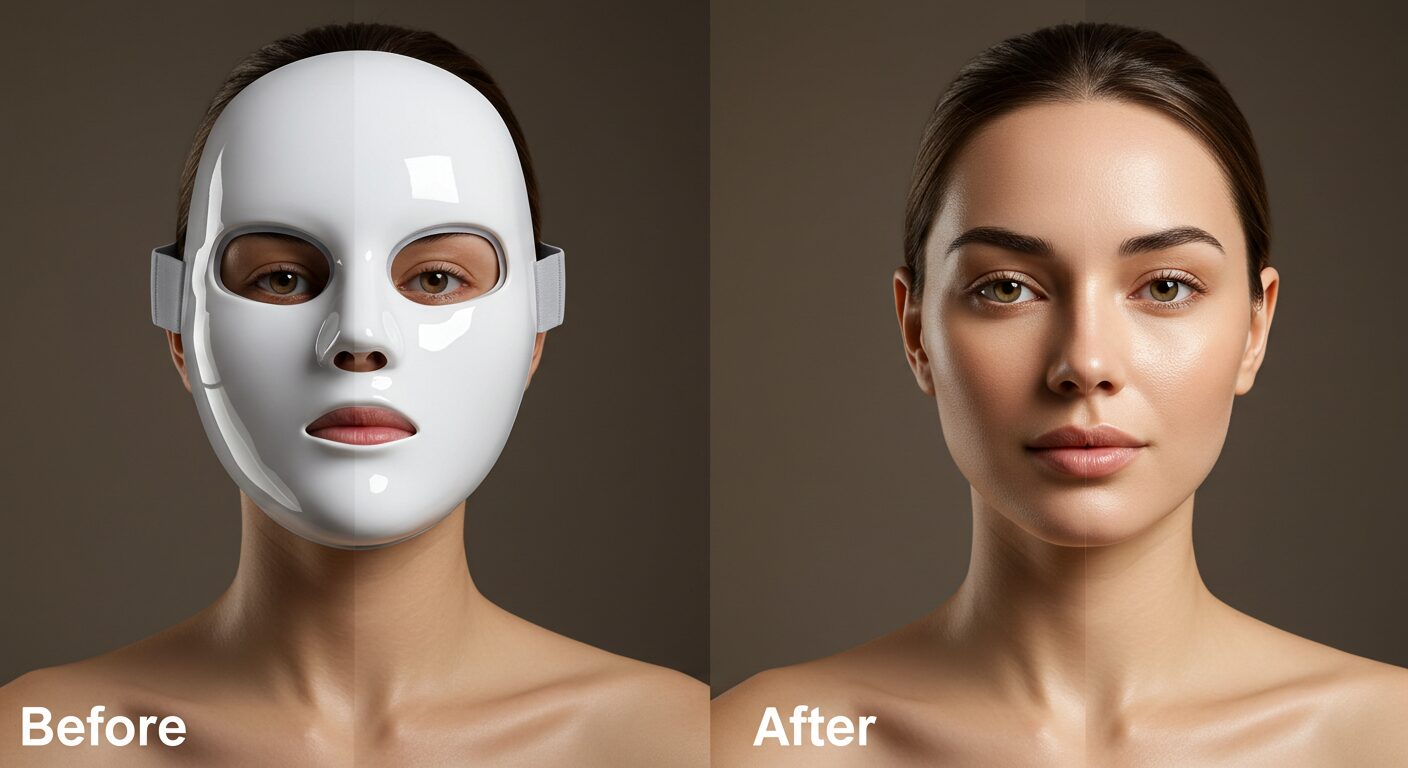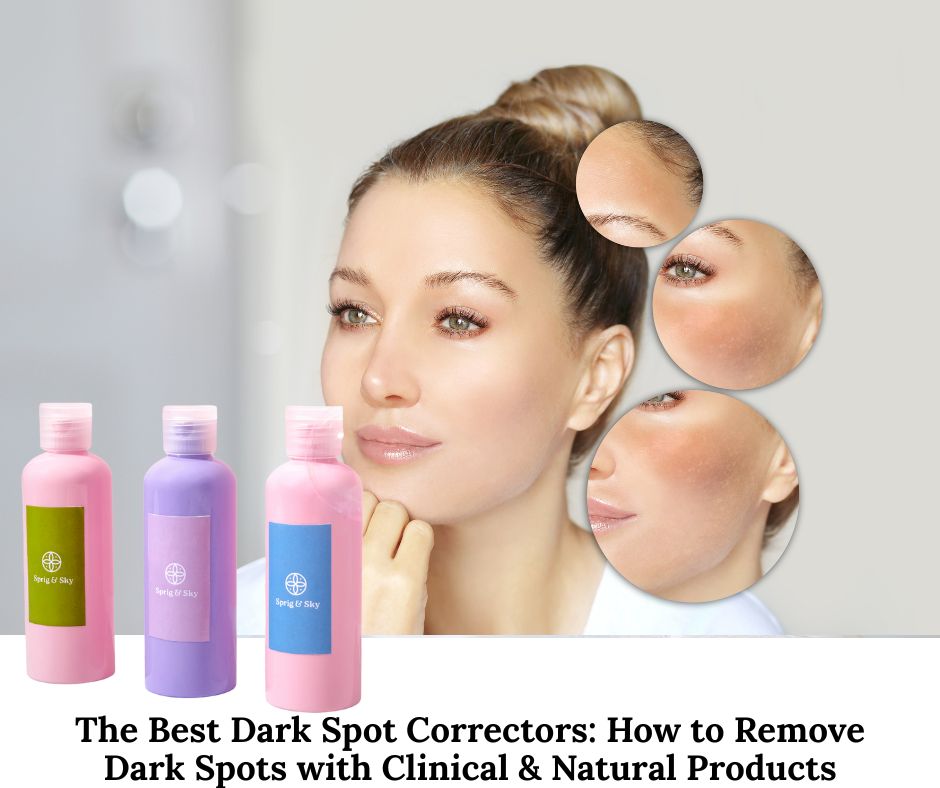DIY Hair Masks for Damaged Hair: Restore Strength and Shine at Home

Damaged hair is one of the most common beauty struggles—whether caused by heat styling, bleaching, coloring, UV exposure, or simply lack of moisture. The good news is that you don’t always need expensive salon treatments to restore your strands. With the right natural ingredients, you can create powerful DIY hair masks for damaged hair that repair, hydrate, and strengthen your hair from the comfort of your home.
Below, you’ll find a complete guide to understanding hair damage, choosing the right ingredients for your hair type, and crafting the most effective homemade masks to revive dry, brittle, or overprocessed hair.
What Causes Hair Damage?
Before exploring DIY hair treatments, it helps to understand what weakens your hair in the first place. Common causes include:
1. Heat Styling
Straighteners, curling irons, and blow-dryers remove the hair’s natural moisture and weaken the cuticle layer.
2. Chemical Treatments
Bleaching, dyeing, perms, and relaxers break the hair’s protein bonds, making strands more prone to breakage.
3. Environmental Stress
Sun exposure, saltwater, chlorine, and pollution can strip essential oils from the hair.
4. Overwashing
Frequent shampooing removes the scalp’s natural oils, leaving hair dry and brittle.
5. Lack of Proper Nutrition
Hair needs vitamins, minerals, and proteins to grow strong. Deficiency can lead to weak, dull, damaged strands.
Why DIY Hair Masks Work
Homemade masks are powerful because they use natural, nutrient-rich ingredients that penetrate the hair shaft without harsh chemicals. Many common kitchen ingredients—like honey, avocado, yogurt, and oils—are packed with vitamins and amino acids that nourish and repair damaged hair.
DIY masks also allow you to:
-
Control ingredient quality
-
Avoid synthetic fragrances or sulfates
-
Tailor formulas to your hair type
-
Save money while getting salon-level results
How to Apply a DIY Hair Mask Properly
To get the maximum benefit from any DIY hair mask for damaged hair, follow these steps:
-
Start with damp—not soaking wet—hair.
Damp hair absorbs nutrients more easily. -
Apply from mid-lengths to ends, unless the mask contains scalp-friendly ingredients.
-
Comb through with a wide-tooth comb to distribute evenly.
-
Cover with a shower cap to trap heat and boost absorption.
-
Leave on for 20–40 minutes, depending on the mask.
-
Rinse with lukewarm water and a gentle sulfate-free shampoo.
-
Use consistently—1 to 2 times per week for best results.
Best DIY Hair Masks for Damaged Hair
Here are the most effective and scientifically backed masks you can create at home.
1. Avocado + Olive Oil Mask for Deep Repair
Best for: Dry, brittle, overprocessed hair
Why it works:
Avocado is rich in fatty acids, biotin, and vitamin E, which repair damaged cuticles. Olive oil adds intense moisture and shine.
Ingredients
-
1 ripe avocado
-
2 tbsp olive oil
-
1 tbsp honey (optional, for extra hydration)
Instructions
-
Mash the avocado until smooth.
-
Mix in olive oil and honey.
-
Apply from mid-lengths to ends.
-
Leave for 30 minutes and rinse.
Results
-
Softer, silkier texture
-
Reduced frizz
-
Stronger hair with fewer split ends
2. Banana + Honey Mask for Breakage Prevention
Best for: Weak hair prone to breakage
Why it works:
Bananas contain silica, which strengthens hair, while honey helps retain moisture.
Ingredients
-
1 ripe banana
-
1 tbsp honey
-
1 tbsp coconut oil
Instructions
-
Blend ingredients until completely smooth.
-
Apply mainly to ends.
-
Leave for 20–25 minutes.
Results
-
Noticeably reduced breakage
-
Hydrated, glossy strands
3. Egg + Yogurt Protein Mask for Restoring Elasticity
Best for: Chemically damaged or severely weakened hair
Why it works:
Eggs supply protein, while yogurt nourishes with probiotics and lactic acid.
Ingredients
-
1 whole egg
-
2 tbsp plain yogurt
-
1 tbsp olive oil
Instructions
-
Mix all ingredients until creamy.
-
Apply from roots to ends.
-
Leave for 20 minutes—avoid hot water during rinsing to prevent cooking the egg.
Results
-
Stronger, more elastic hair
-
Reduced shedding
-
Fuller appearance
4. Coconut Milk + Castor Oil Hair Growth Mask
Best for: Damaged hair struggling to grow
Why it works:
Coconut milk is rich in healthy fats, and castor oil promotes thickness and growth.
Ingredients
-
½ cup coconut milk
-
1 tbsp castor oil
-
1 tsp vitamin E oil (optional)
Instructions
-
Warm mixture slightly for better absorption.
-
Massage into scalp and apply to ends.
-
Leave for 30–40 minutes.
Results
-
Improved thickness
-
Faster growth
-
Healthier scalp
5. Aloe Vera + Argan Oil Mask for Smooth, Shiny Hair
Best for: Dull, frizzy, dehydrated hair
Why it works:
Aloe vera hydrates and repairs while argan oil adds shine and reduces frizz.
Ingredients
-
3 tbsp aloe vera gel
-
2 tbsp argan oil
-
1 tbsp honey
Instructions
-
Mix until creamy.
-
Apply generously to hair.
-
Leave for 25–30 minutes.
Results
-
Smoother texture
-
Visible shine
-
Softer, frizz-free hair
Bonus: Overnight Mask for Extreme Damage
Ingredients
-
2 tbsp coconut oil
-
1 tbsp shea butter
-
1 tsp jojoba oil
Warm mixture, apply to lengths, braid hair, and sleep with a silk bonnet.
This method dramatically reduces breakage over time.
How Often Should You Use DIY Hair Masks?
-
Severely damaged hair: 2–3 times per week
-
Moderately damaged hair: Once per week
-
Healthy hair (maintenance): Twice per month
Consistency matters more than intensity.
Additional Tips to Repair Damaged Hair
1. Stop Over-Washing
Aim for 2–3 washes per week to protect natural oils.
2. Use Heat Protection
Always apply a thermal spray before styling.
3. Switch to a Silk Pillowcase
Reduces friction and breakage overnight.
4. Trim Split Ends Regularly
Every 8–12 weeks is ideal.
5. Avoid Tight Hairstyles
Buns and ponytails can cause mechanical damage.
Conclusion
Repairing damaged hair doesn’t require expensive treatments. With the right natural ingredients and consistent care, you can nourish your strands, restore shine, and prevent further breakage. These DIY hair masks for damaged hair are simple, effective, and customizable to your hair’s needs.
Healthy, beautiful hair starts with regular care, the right nutrients, and a gentle, moisturizing routine. Stick with the masks above—and your hair will thank you.
According to Healthline, natural oils like coconut and argan oil help reduce protein loss in damaged hair.
Healthline – Hair Care & DIY Hair Masks




